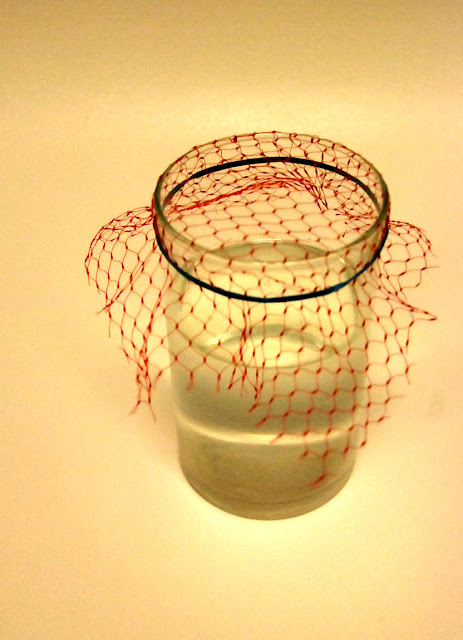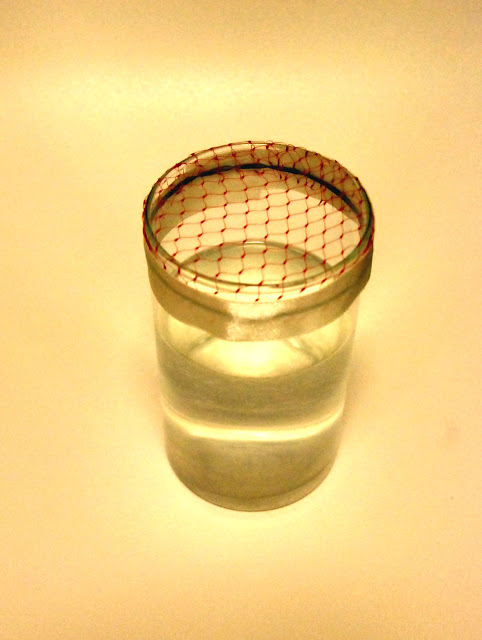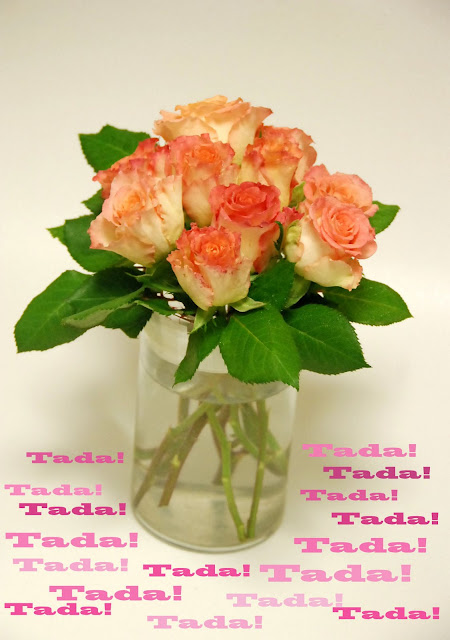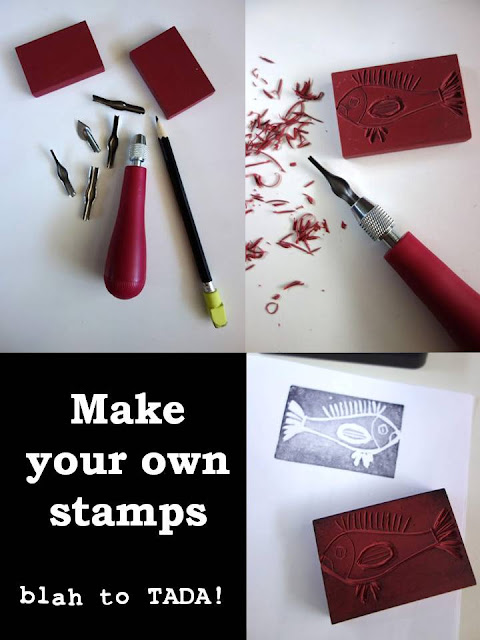Hi guys! If you follow my blog, you know that I don't like letting things go to waste. I'll find a way to turn the smallest scrap from blah to TADA!
A floral frog is a lid that you put on top of a vase or jar. The holes keep stems from moving around allowing you make a floral arrangement even without a lot of flowers.
I was left with these little nuggets of salt dough which I didn't want to throw away.
So I flattened them into little disks, poked a hole at the top (using the end of a paintbrush), put them on a lined baking sheet and baked them in the oven (200 degrees Fahrenheit) for 2 hours.
I let them cool and stamped on some festive words using rubber stamps and an ink pad:
Aren't they adorable?
I like to use them to embellish gifts or what I call "gift pendants". The recipient can re-use it for a future gift that they will be wrapping.
I can add it in tandem with other decorations.
Or add a gift tag, too. TADA!



















































